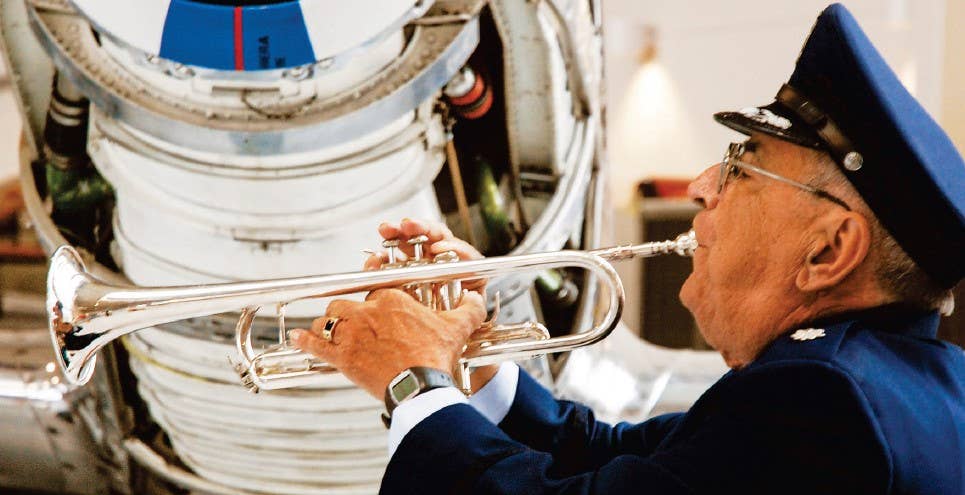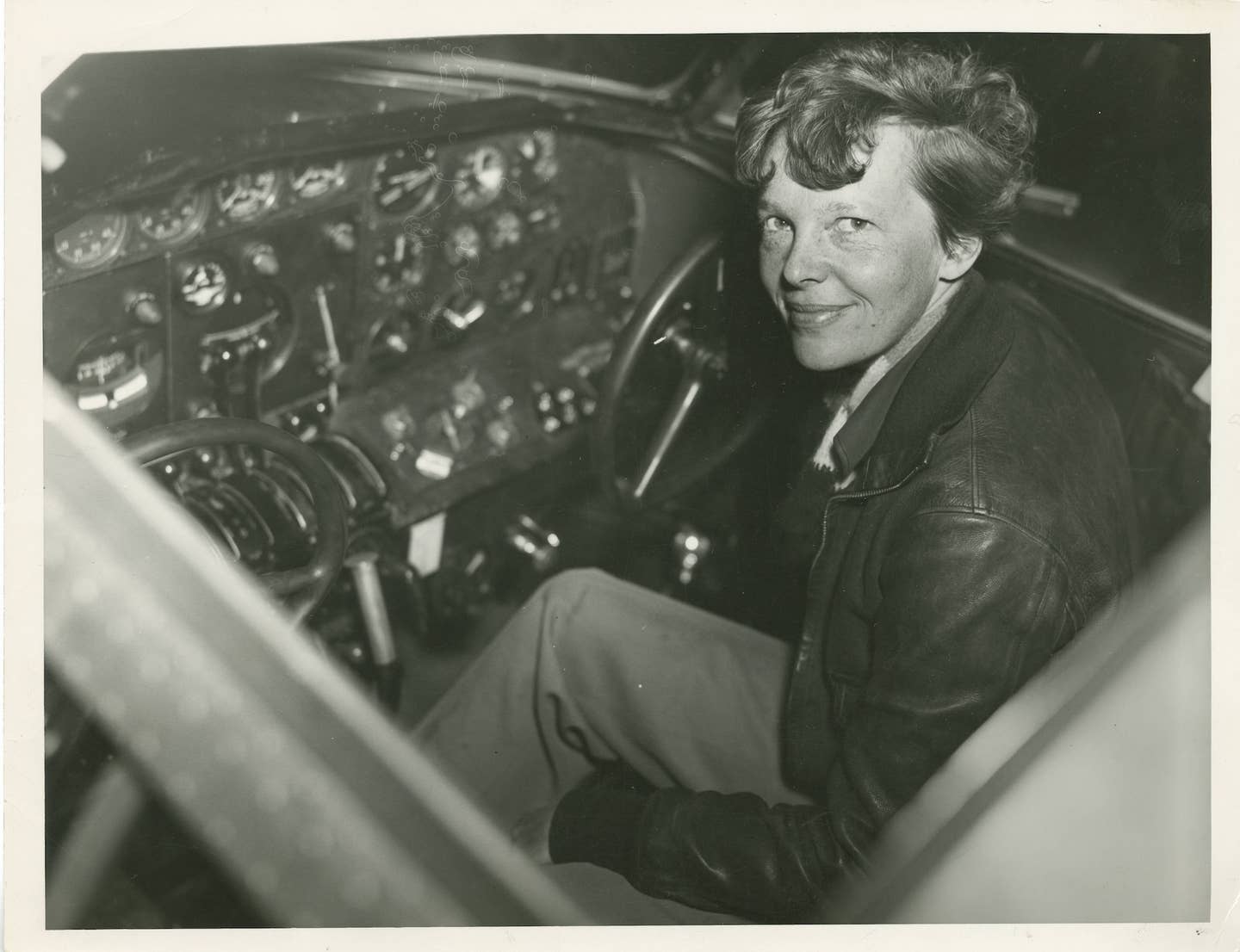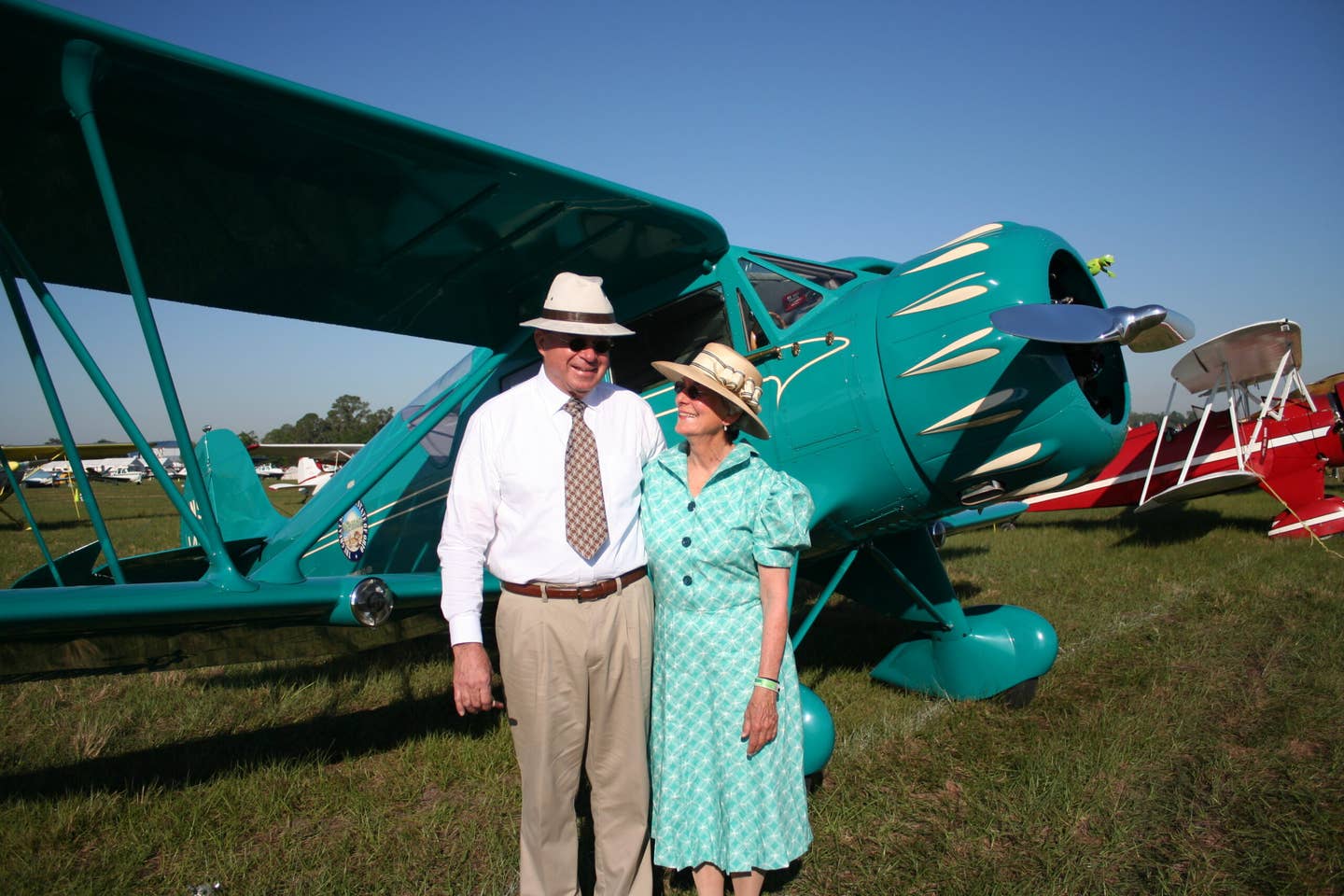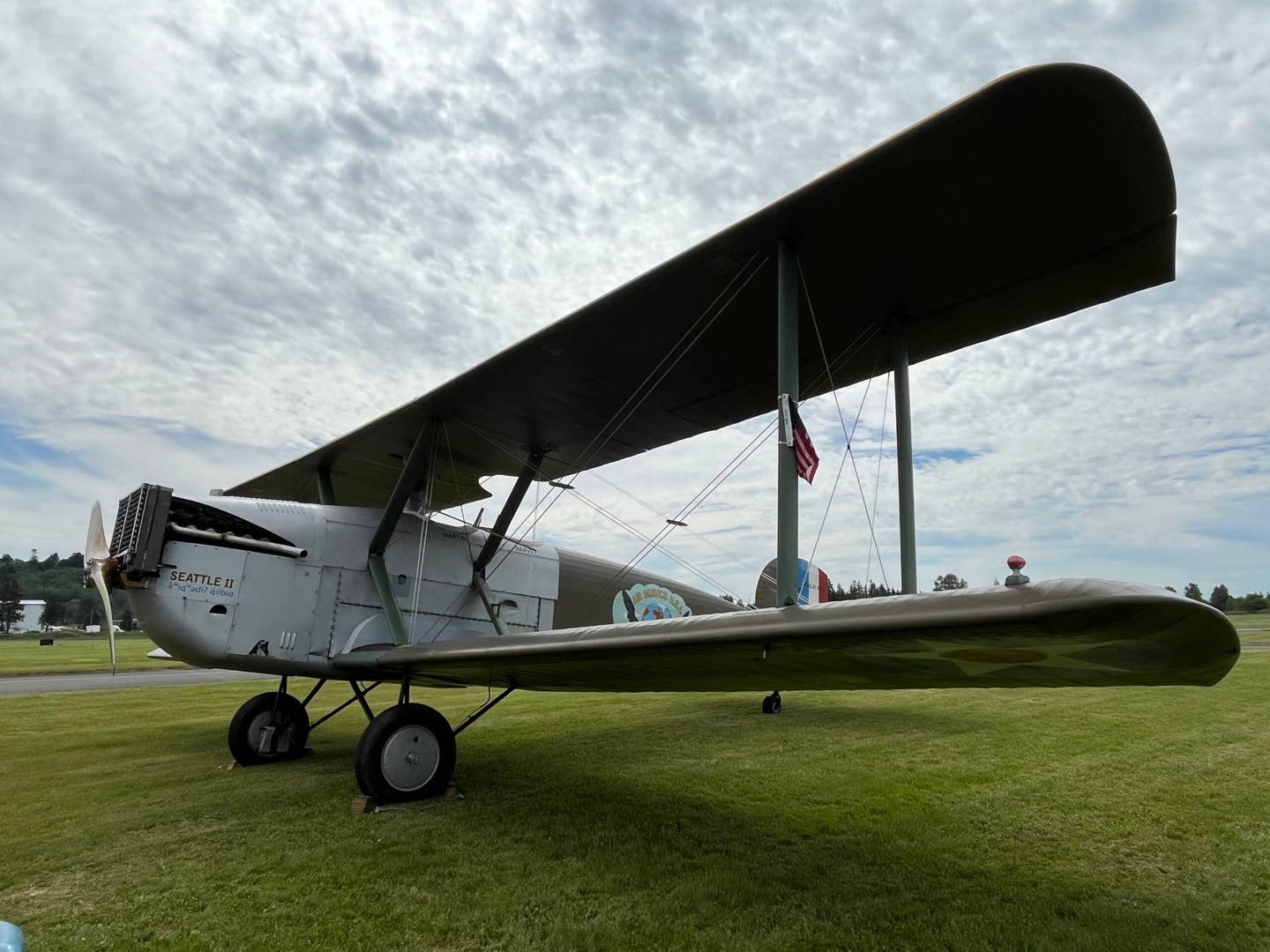Cessna’s Pursuit of a Full Cantilever Monoplane
The aviation pioneer joined Travel Air, but soon struck out on his own again.
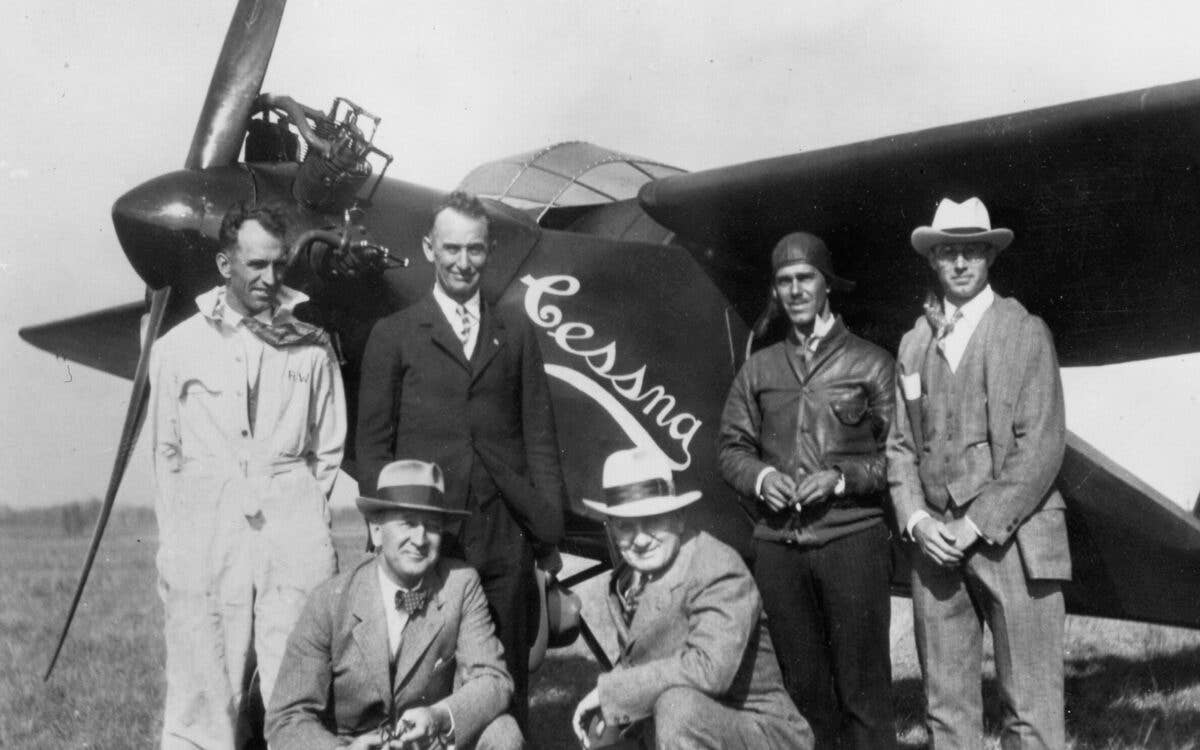
Clyde Cessna started into the aircraft business in Wichita with partners in the Travel Air Company, but soon after struck out on his own again to build Cessna’s full cantilever wing monoplanes. [Courtesy Kansas Aviation Museum]
In the first part of this short biography on Clyde Cessna—in honor of his birthday last week—his early years that led him to Wichita, and his first airplanes, come to light.
Cessna joined Lloyd Stearman and Walter Beech in establishing the Travel Air Company as 1925 began. Though the trio had the backing of the local business community, each had a financial stake as well—Cessna’s being the largest, at $25,000, according to The Legend of Cessna, by Jeffrey L. Rodengen.
They rented a building in downtown Wichita, Kansas, and brought to life their first biplane, the Travel Air Model A. The fledgling company built and sold 19 of the OX-5 powered airplanes, at $3,500 each, in the first run. The popular biplanes would evolve into the line of Travel Air 2000s/3000s/4000s.
The Type 500
Cessna had never been a fan of the biplane design—so although he kept working with Beech and Stearman on the Model As, he rented his own place and built a monoplane to his standards.
The five-seater was unique in that it had an enclosed cabin and a semi-cantilever wing—braced by a strut rather than solely holding its own weight. Aimed at carrying the mail, the Type 500 scored its first sale to National Air Transport (NAT) in January 1927, with a contract worth $128,676.
Buoyed by the 500’s success, the Travel Air shop updated the model into the Type 5000 with a 224 hp Wright Whirlwind engine, and a new tail more in the style of its previous models. The company set several milestones with this improved monoplane, including:
- July 14, 1927: Earnest Smith and Emery Bronie flew the City of Oakland from Oakland, California, to Hawaii.
- August 16 and 17, 1927: Arthur Goebel and William Davis won the Transoceanic Air Race, also flying from Oakland, to Wheeler Field, in Hawaii, in 26 hours, 17 minutes, and 33 seconds.
Full Cantilever Wings
Cessna grew enamored with the prospect of building a strutless monoplane—a full cantilever wing that would reduce drag by removing the strut and designing the wing’s internal structure so that it would support the load.
His partners at Travel Air—Beech included—were not as compelled by the concept, so it was at this point Cessna struck out on his own again. Though the date is not official, April 19, 1927, is generally accepted as his starting point with the Cessna Aircraft Company iteration with the famous brand that continues today.
With two designs, Cessna moved to a shop on West Douglas Avenue in Wichita, and began building the Cessna Common (The Legend of Cessna). Because it would be the first full cantilever winged airplane to gain a type certificate, Cessna had to concoct a way to prove the strength of the design.
The workers turned the airplane over on its back, suspended it, and loaded the wings with 3,700 pounds of sandbags, according to an article in Wichita magazine. This met the requirement, but Cessna wanted to see just how much the wings would hold. The men loaded up to 15,752 pounds of the bags—and the wings sagged a little, but they did not break.
With the first flight of the follow-on model, the All Purpose, on August 13, 1927, Clyde Cessna renamed the aircraft The Phantom—and sold the stock that would allow him to organize the company officially. With investor Victor H. Roos, the Cessna-Roos Aircraft Company was born in September 1927. However, Roos departed the business when the board opted to change the name back to the Cessna Aircraft Company in late November. He sold his stock to Cessna, and left the aviation legend to lead his namesake company once more.

Subscribe to Our Newsletter
Get the latest FLYING stories delivered directly to your inbox

